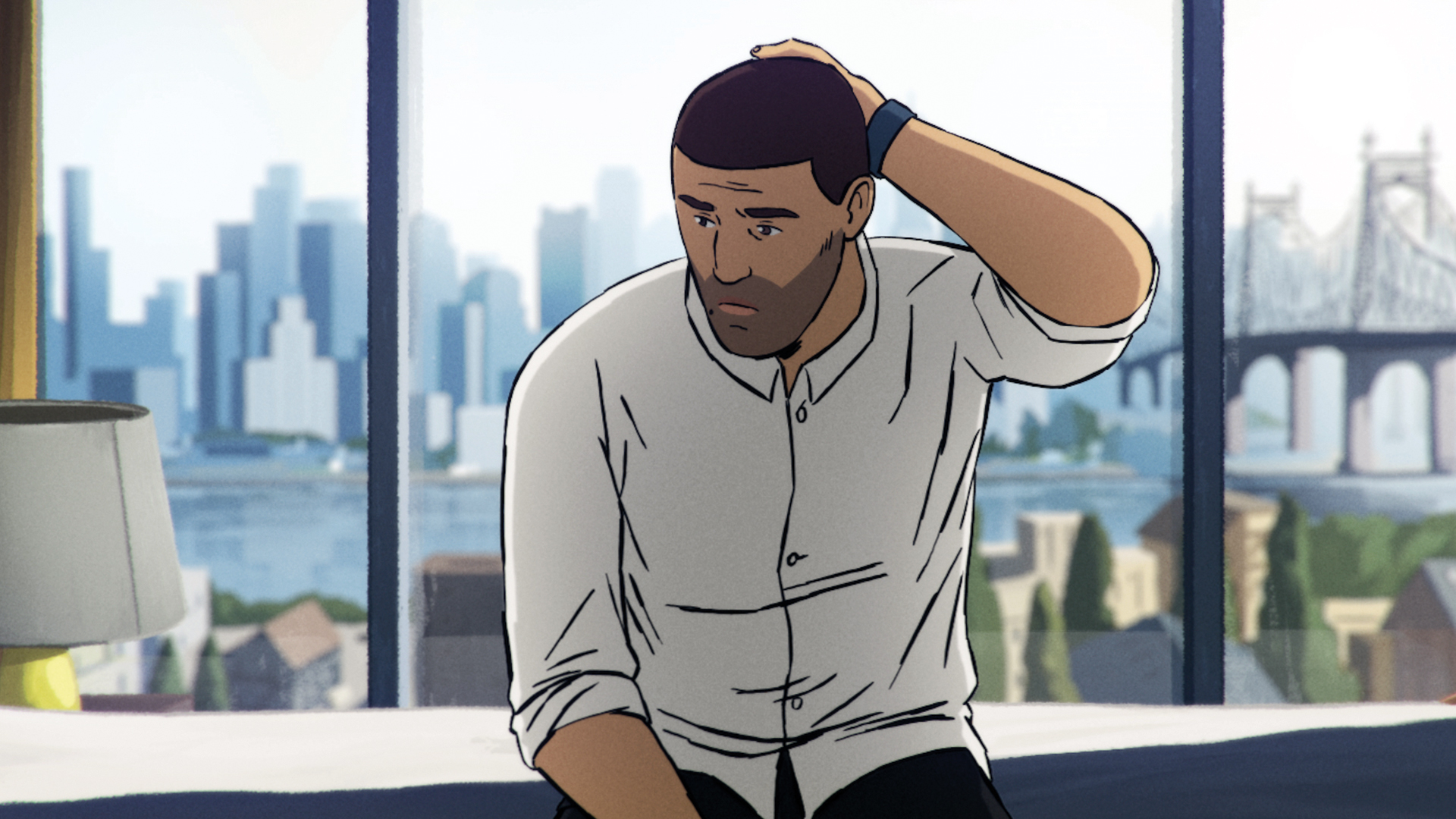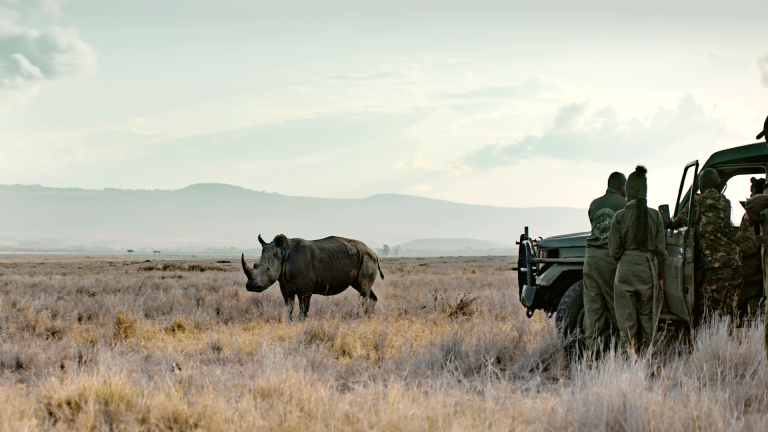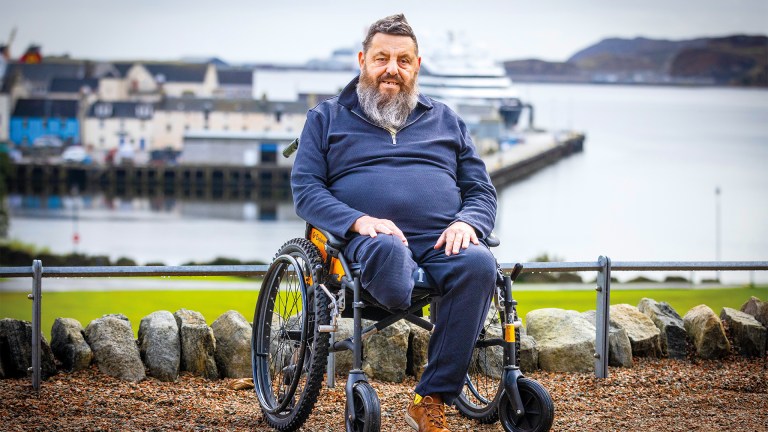There’s a lot to be said about the way cinema tackles refugee stories and the innovative creative choices that filmmakers recently, especially, have been making.
In The Big Issue, we’ve explored the subject in conjunction with the release of the stellar British film Limbo. Ben Sharrock’s wry comedy – about a displaced Syrian musician waiting for asylum on a remote Scottish island – stands in stark contrast from Waad al-Kateab’s For Sama, a first-person love letter to her daughter while detailing the devastating bombardment of Aleppo. Then there’s Remi Weekes’ His House, which presented the plight of a Sudanese couple faced with a supernatural threat in their temporary English accommodation after escaping the horrors of war.
These are all films that put these displaced individuals at the centre of the story rather than continuing the trend of relying on a Western saviour to pique Western audiences’ interests.
Now we have the Bafta- and Oscar-nominated documentary Flee to add to this canon, a film that utilises animation to beautiful and evocative effect. Although this aesthetic choice is not simply a creative one: it serves as an essential narrative device to allow its protagonist to feel liberated enough to tell his vital story.
Amin is a gay man and academic on the precipice of marrying his partner. But to get where he is today he had to escape Afghanistan as a teenager. With the help of old pal and director Jonas Poher Rasmussen, Amin recounts the harrowing ordeal, a several-years-long journey that saw him fleeing his home country to Russia before eventually finding his way to Denmark, where he is currently settled.
Amin, however, is not his real name; it’s a pseudonym to protect his identity, with the animation providing that extra layer of anonymity.









